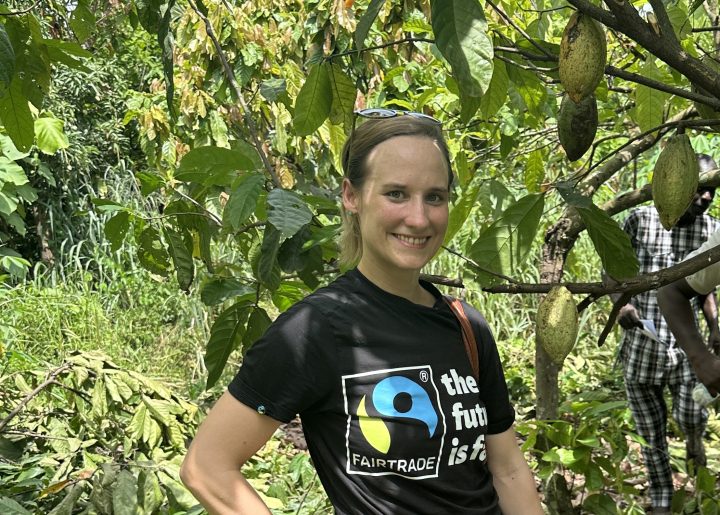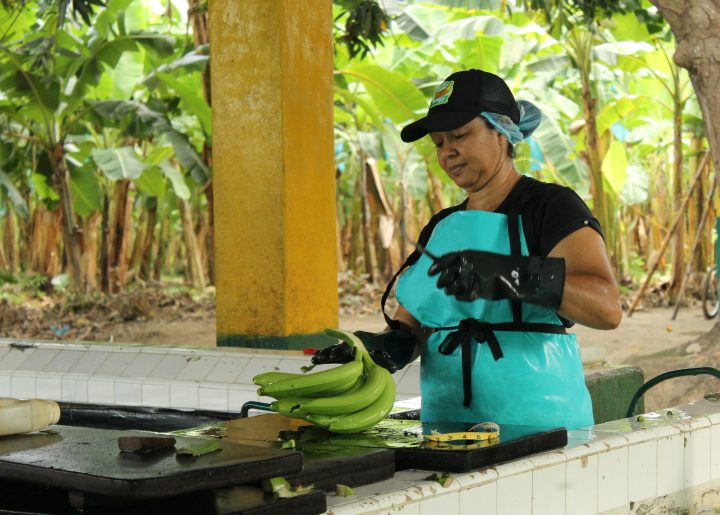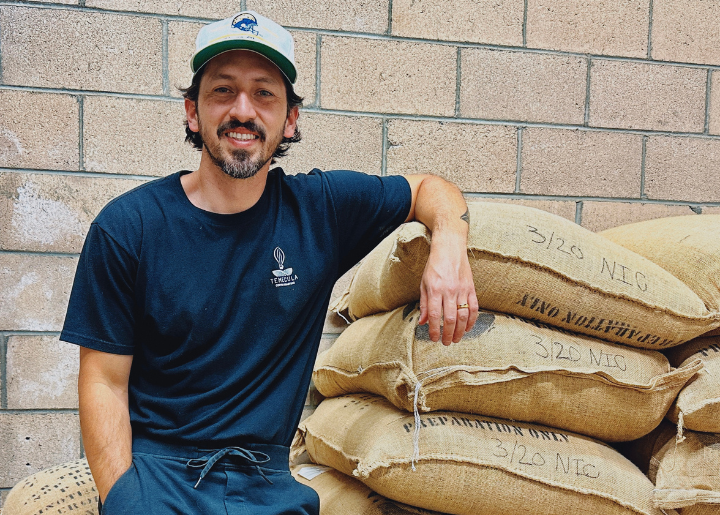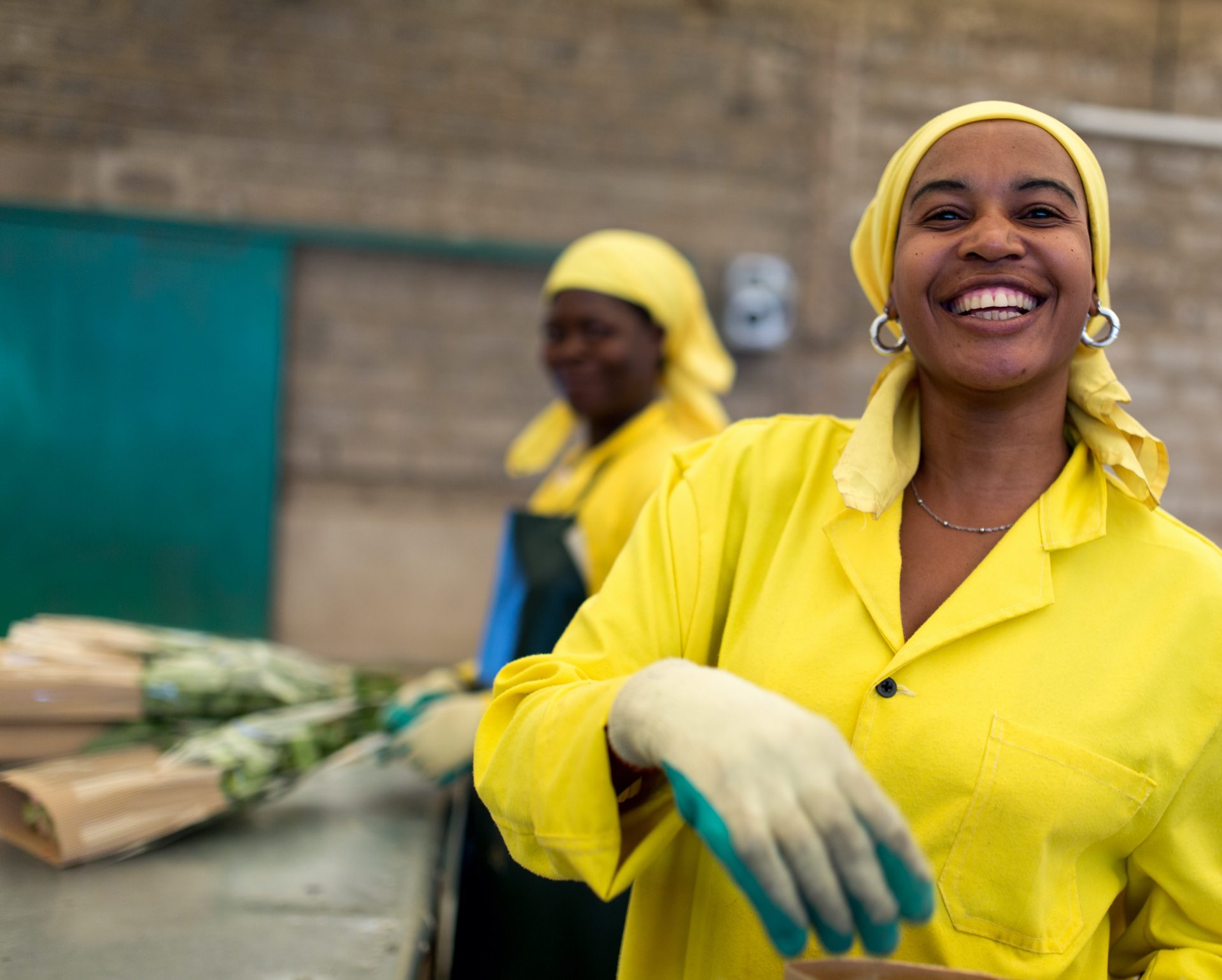Fairtrade Impact: How do we measure up?
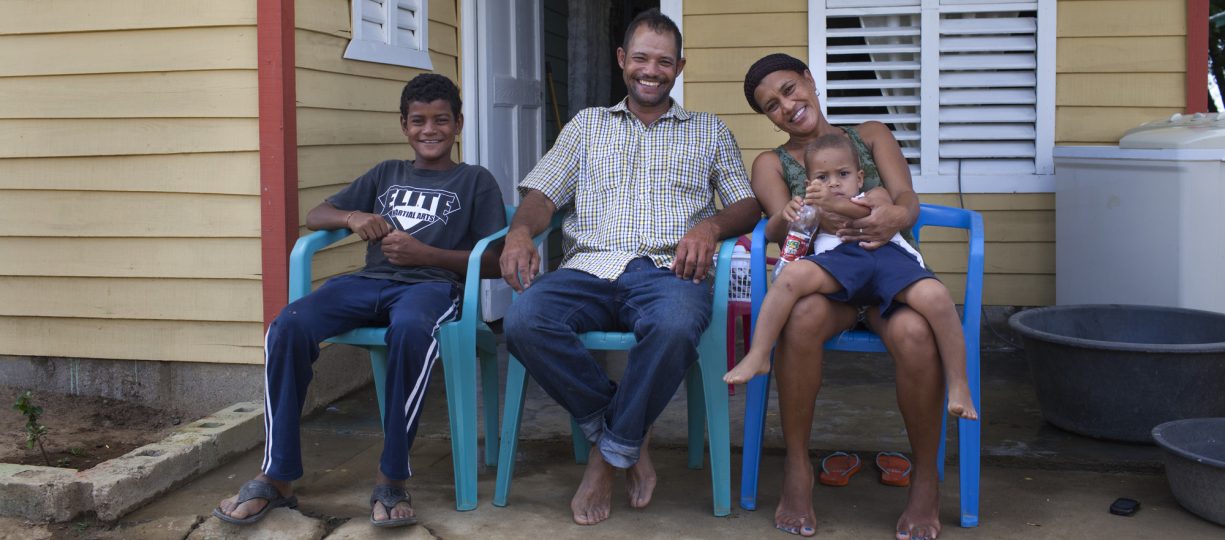
How do we know when Fairtrade succeeds? How do we know when there’s room for improvement? Measuring impact is a difficult task requiring long-term investment and a complex understanding of the topic. Arisbe Mendoza, Head of Monitoring, Evaluation and Learning at Fairtrade International, provides this guest blog on the release of Fairtrade’s latest impact report by the Overseas Development Institute (ODI).
Have you ever seen those home makeover shows? The ones where they transform a family’s run-down, drab house into a dazzling dream home in the space of a week, and everyone marvels at the before and after pictures.
Imagine for a moment the TV crew didn’t film the house before the makeover started. Or instead of one team working on it, five teams came in, all with different approaches. Or halfway through, half the family move out and three new people move in who know nothing about the show and aren’t sure they want to take part. The neat “before” and “after” shots would be much more difficult then.
It’s a stretched analogy, but perhaps it helps to give a sense of the challenge Fairtrade and other organizations in the development sector face when measuring their impact. How do you know if a coffee cooperative’s better yields come from their Fairtrade certification and the support that comes with it, or the training they received from a local NGO? How can you measure the difference “before” and “after” when no baseline data was captured? And how do you ease the reporting burden on farmers, who struggle to fill in complex questionnaires, and just want to get on with earning a living for their families?
Figuring Impact
These are tricky questions and it is important that we find solutions that work for farmers, their business partners, and the donors who support our field work.
That’s why we at Fairtrade have spent a lot of time and resources on improving our monitoring, evaluation and learning work. We’ve developed a Theory of Change that shows how Fairtrade’s work contributes to outcomes and impacts for farmers and workers. We’ve commissioned baseline studies so we can really follow a producer organization from day one with Fairtrade all the way through their development. And all our research is published on our website – one reason why we were named one of the most transparent NGOs in a recent Bond/Nido review. Last but not least, we’ve created an internal knowledge management system where research findings and informal knowledge are collated, to support data sharing for both learning and accountability purposes.
RESEARCHERS COMBED THROUGH OVER 500 INDEPENDENT RESEARCH PAPERS ON FAIRTRADE PUBLISHED BETWEEN 2009 AND 2015, OF THOSE, 45 WERE DEEMED RIGOROUS ENOUGH TO BE INCLUDED
One of our most recently commissioned studies just came out today: The report by the Overseas Development Institute (ODI) gives a comprehensive review of research into Fairtrade over seven years. The researchers combed through more than 500 independent research papers on Fairtrade published between 2009 and 2015, before narrowing it down to 45 that were deemed rigorous enough to be included. These were then analyzed against seven thematic areas, in line with our Theory of Change: access to Fairtrade markets and prices, farming performance and environmental protection, investments of Fairtrade Premium, producer organizational strengthening, decent work conditions, household income, and gender equity.
What do the results tell us?
Encouragingly, the findings tally very closely with our own evaluations and where we believe Fairtrade is uniquely placed to enable farmers and workers to make a better living from agriculture.
ONE STUDY INTO BANANAS FOR EXAMPLE FOUND THAT ‘WHEN COMPARED WITH CONVENTIONAL TRADE, FAIRTRADE HELPS FARMERS IMPROVE THEIR MARGINS BY ROUGHLY 49%.
For example, the literature confirms that the price security Fairtrade offers is incredibly important. Farmers have benefited from higher prices through Fairtrade, particularly during periods of low conventional market prices. One study into bananas for example found that ‘when compared with conventional trade, Fairtrade helps farmers improve their margins by roughly 49%’.1
The Fairtrade Premium has also brought considerable benefits for farmers, workers and their wider communities, whether schools in the local community, loan and scholarships, or better farming equipment.
Several studies also found that Fairtrade has supported producer organizations to be strong and thrive, which in Fairtrade’s experience is the best way for farmers to access better prices, technical support, and improve their position.
Our efforts to deepen our impact for workers have also begun to bear fruit, with the ODI concluding that Fairtrade has had positive effects on labor conditions, where exploitative labor relations have previously flourished.
There is still a long way to go. The research points to workers on smallholder farms and the need for Fairtrade to have more impact for this marginalized group. Fairtrade has also only had limited success in raising wages for plantation workers, and farmers need more support to improve their productivity and increase quality. These are all topics which Fairtrade takes seriously and you can see how we are responding here.
Despite the proliferation of papers on Fairtrade (more than any other certification scheme), the study also confirms that some areas are still under-researched. Studies to date have often tended to focus on certain crops, particularly coffee. The Fairtrade Minimum Price and Premium are well researched, but very few studies have looked into gender equality, or Fairtrade’s impact on the environment. And often misconceptions arise about how exactly Fairtrade works, leading to skewed outcomes.
We’re working with the research community to tackle this. We’ve just entered into a partnership with the University of Leeds, for example, to explore a more proactive engagement between academia and Fairtrade. We aim to develop tools to enhance collaboration on common themes of interest and to make research more useful.
This is just a small snapshot into the work we’re doing behind the scenes to measure Fairtrade’s impact. And as you can see, the makeover is far from complete. All the more reason to keep watching – and buying – Fairtrade. The transformation won’t happen in a week. But it is happening, and it is worth investing in.
Download the complete ODI study and find more Fairtrade impact research on our reports page.
We’re in this together
Fairtrade America partners with brands on the journey to certification and beyond. We can help with everything from finding a certified supply chain to marketing your newly certified product.
Get in Touch
